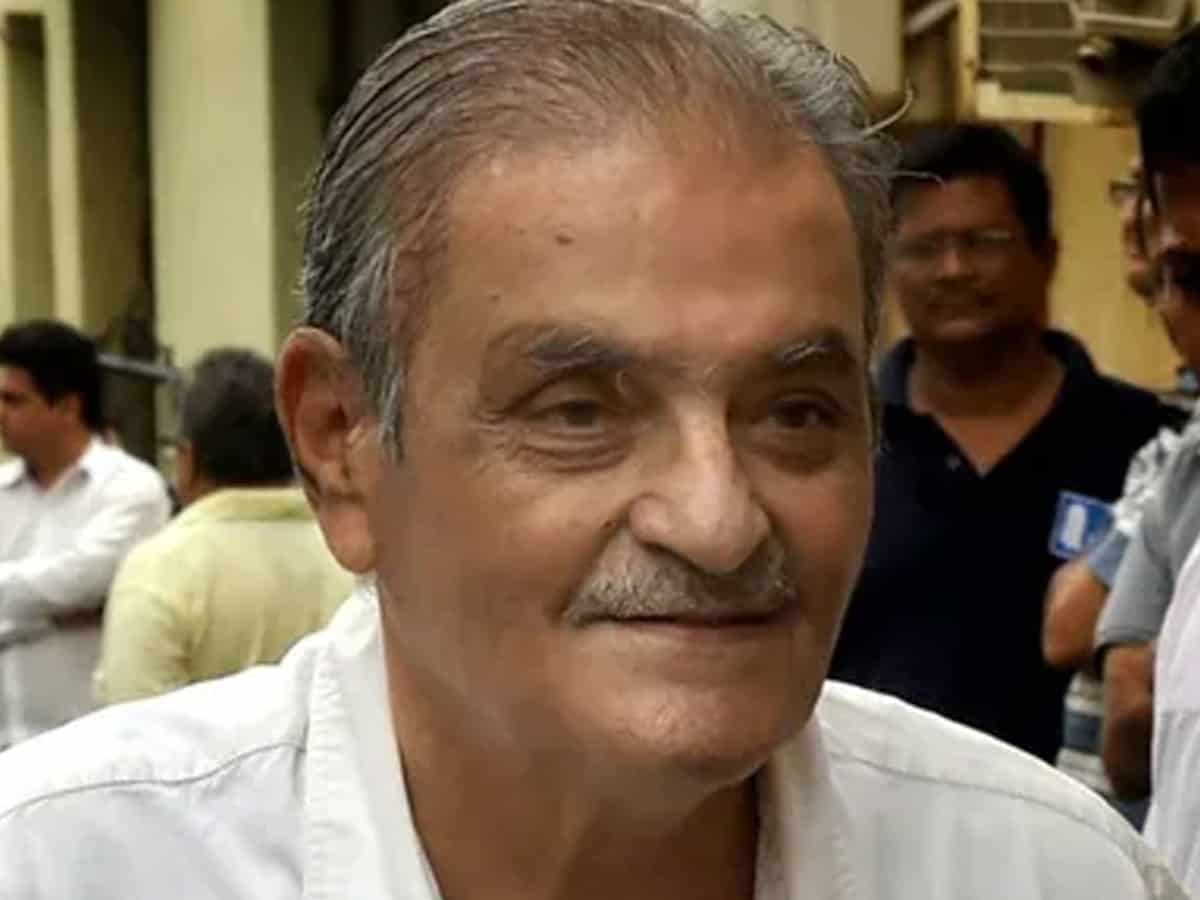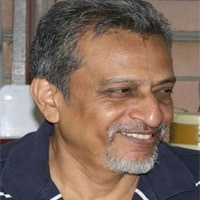

Sixty years ago, India’s cricket Captain Nariman Contractor, better known in cricket circles as Nari Contractor, almost became the first fatal victim of a fast bowler’s bouncer in top level cricket. Facing the ferocious Charlie Griffith in a match against Barbados, the Indian captain ducked but could not avoid a short pitched thunderbolt from the huge Barbados fast bowler and was hit on the head.
He was immediately rushed to hospital where the doctors were at first unaware of the extent of his injury. It was at the insistence of the Indian team’s manager Ghulam Ahmed that a detailed medical examination was carried out in which it was revealed that the batsman’s skull had been fractured and an emergency surgery was done which saved his life. Later a titanium plate was also inserted in his head which kept him going for sixty years.
Now on medical advice that plate has been removed. The skin around the metal plate was disintegrating, said the doctors.
Reportedly the former captain is doing well after the surgery and his family and friends are hoping for a quick and complete recovery.
According to his son Hoshedar Contractor, who is also a cricketer and has represented the India under-19 side, his father is doing well after the surgery and is expected to be discharged from the hospital soon.
There are different accounts of how this near fatal tragedy happened. Mansur Ali Khan, Nawab of Pataudi, in his autobiography, The Tiger’s Tale, has described the incident vividly. He was an eyewitness to the incident. He was sitting in the pavilion as one of the team members when he saw his captain suffer the sickening blow to the head.
According to Pataudi, the ball pitched short and rose sharply and very fast. The Indian skipper who was a very experienced batter seemed unable to pick up the line of the ball for a fraction of a second. That was enough time for a short pitched ball to travel like a bullet and strike a near fatal blow. At the last moment Contractor seemed to see the ball heading for his face and turned away instinctively so the ball struck him on the back of the head.
A little later his teammate Vijay Manjrekar too returned to the pavilion after being hit on the bridge of his nose which was bleeding heavily. Pataudi asked him how he was feeling and Manjrekar answered: “I cannot see anything.” But luckily, after a few minutes Manjrekar got back his vision.
We can only imagine the frightening scenario. Back then batters had no helmets or protective gear. Facing the speed demons bowling flat out on a bouncy track was like a never ending nightmare. Pataudi recalls in his book that when he went out to bat, the first delivery he had to face was from Charlie Griffith.
Pataudi just could not see the ball at all. But going by the bowler’s action and the position of his arm in the follow through, Pataudi could sense that the ball was outside the off stump. He failed to see the next two deliveries also and the fourth one sent his stumps cartwheeling out of the earth.
What made Charlie Griffith even scarier was the fact that he threw some deliveries. His bowling action was definitely suspect. It was not a strictly legal bowling action. But he did not throw every ball. In that case he could easily have been spotted. He just threw some deliveries randomly. Whether he did it deliberately or it was done unconsciously, nobody could tell.
But the local cricket fans in his native Barbados loved his aggressive bowling style and attitude. He was their hero. Very few umpires had the guts to disregard the wrath of the spectators and pull up Griffith for his faulty bowling action. But Pataudi has mentioned that later in this same match the umpire Cortez Jordan did display his own band of courage by calling no ball when Griffith (who was sometimes called Chucker Charlie because of his throwing) bowled a delivery with a suspect action. A few years later, English umpire Arthur Fagg also pulled him up for throwing.
It was dangerous incidents such as these which led to batsmen experimenting with different types of protective gear. The early helmets were far different from the well made ones we see today. The early helmets were heavy and uncomfortable. In 1977 England captain Dennis Amiss used a custom made motorcycle helmet redesigned to suit the needs of cricket. Sunil Gavaskar fashioned a metal skull cap which he wore beneath his hat.
But the deaths of George Summers of Nottinghamshire in 1970, Ian Folley of Lancashire in 1993 and later Raman Lamba of India, have made it imperative for batters and close-in fielders to wear helmets. Now we have excellent helmets which provide very good protection for the head.
If only these had existed in the 1960s, Nari Contractor would not have to undergo the ordeal that he did. It put an end to his flourishing cricket career and he paid the price for someone else’s deed. However, now that he has again gone through a surgery and seems to be recovering well, cricket fans would no doubt wish this fighter best of luck and a fruitful life.
Abhijit Sen Gupta is a seasoned journalist who writes on Sports and various other subjects.

